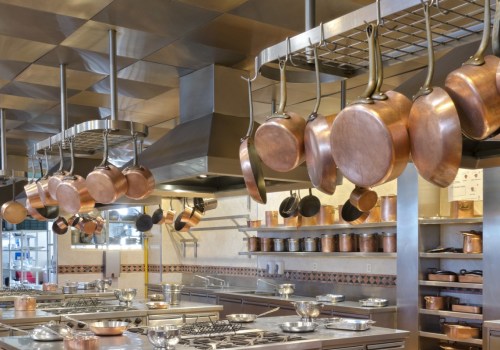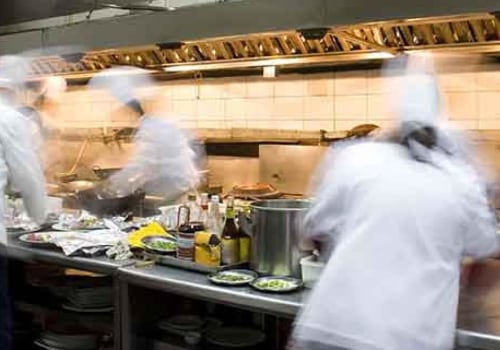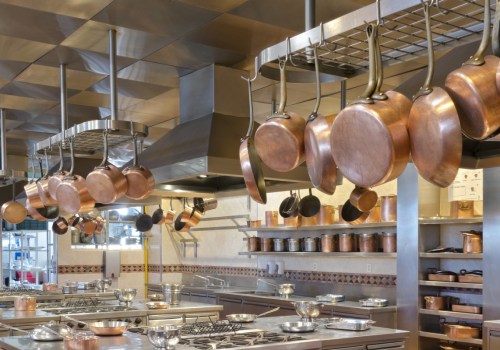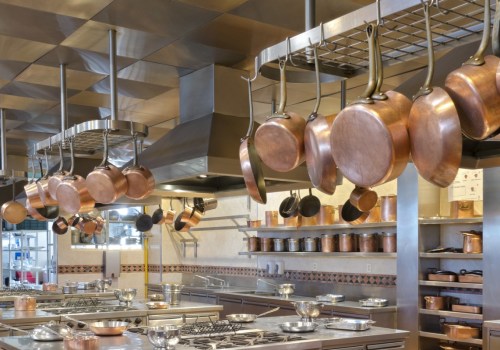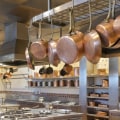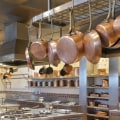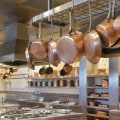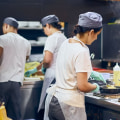We'll send you an email with the reset link: The changing circumstances of a post-COVID world have led restaurateurs to be creative and adapt to stay in business. Despite the fact that indoor food is recovering in the U.S. UU. Point out the rise of ghost kitchens (restaurants that only sell food at home), which are popping up in all major cities to rise to the occasion and meet growing demand.
To go deeper, a ghost kitchen, also known as cloud kitchen, dark kitchen, virtual kitchen or ghost restaurant, is a food preparation and cooking facility only for food orders at home. Ghost kitchens are kitchens built exclusively for home delivery and are changing the rules of the game for the future of gastronomy. Unlike a traditional restaurant, customer touchpoints exist online without a physical location. A customer places an order through the company's website or a third-party delivery application, the food is prepared in the kitchen and the food is delivered to the customer.
Some are listed as a singular entity, such as the elegant hot dog supplier Dog Haus. Others can serve as a hub for several interdependent restaurants, such as the start-up company Cloud Kitchens, founded by former Uber CEO Travis Kalanick. These establishments can manage a small ship and meet the growing demand for delivery. Some of the features of ghost kitchens include the absence of physical presence, minimal waste, lower risk and a flexible and adaptable menu.
As online concepts thrive, many traditional restaurants continue to suffer. They are currently facing almost impossible working conditions, such as high rents, staff shortages and changing restrictions related to the pandemic, in their attempt to return to the normalization of their businesses. For example, restaurants in big cities that once served fast food to office workers saw their sales fall off a cliff. Some establishments are mitigating losses by adapting through virtual expansion, creating brands in line with delivery services.
As customers increasingly rely on contactless food delivery, new ways of bringing food closer to them and doing so faster have evolved. Ghost kitchens can be moved to where demand is highest and adapted quickly to adapt to changing customer preferences. Top brands such as Wow Bao, The Halal Guys and, as mentioned above, Dog Haus are having explosive success with the ghost kitchen model. It allows restaurants to make a profit and, at the same time, reduce costs during a global pandemic (still ongoing).
In the future, a booming ghost kitchen market could also encourage advanced restaurant automation. In the next 5 to 10 years, this change could lead to the full automation of the production of certain dishes and menu items, such as coffee, pizza and ramen, in order to promote faster service and reduce food production costs. Currently, Kitchen United, Cloud Kitchens, Uber Eats and Kitopi are leading the development of ghost kitchens. However, major restaurant chains are also making adjustments to the space.
Chick-fil-A is venturing into exclusive cooking establishments in Louisville and Nashville that prepare individual meals and orders for delivery through the third-party app DoorDash. McDonald's recently opened a ghost restaurant in London, and Bloomin' Brands is testing exclusive kitchen formats for home orders and takeaways. Marketman is a collaboration software between food service operators and their suppliers. The system is used by full-service restaurants, quick-service restaurants, coffee shops, bars, food trucks and bakeries, and manages procurement and supply from product catalog and prices, through delivery and accounting.
Marketman was created with the desire to help companies streamline processes and save money. MarketMan helps multi-unit operators and independent restaurants improve their bottom line. Another advantage of ghost kitchens is that they allow chefs to change menus regularly, since they are all virtual. Ghost Kitchens, owned by a brand, logs in with a single external delivery service and undertakes to accept orders only through its platform.
There is no doubt that famous chains with a lot of money dominate experimentation driven by restaurants in the ghost kitchen space. If it is not yet clear, ghost kitchens offer an operating model with a superior economy if you believe that the future of gastronomy is largely leaning towards off-site consumption and if you believe that home delivery is the viable distribution engine for moving food out of the premises. Compared to an average standard restaurant, a ghost kitchen could be just a fraction of square feet. The digital food delivery and ordering industries have grown rapidly, indicating the potential of most ghost kitchens in the coming years.
In other words, an 800-square-foot ghost kitchen could produce enough product to bring in revenues of several million a year. If your ghost kitchen is owned by a brand, the delivery app will want you to succeed and will often generate more business along the way. Ghost kitchens have many advantages because they limit the operating costs of traditional restaurants and focus on their kitchen rather than other elements of the restaurant. The ghost kitchen is an unknown concept to some, but its popularity has been growing since the COVID-19 pandemic.
Some startup ghost kitchen companies, such as Cloud Kitchens, believe that all the volume destined outside the facilities could or will be used for home delivery. It is clear that the economy of the ghost kitchen will increase numbers outside the facilities in the coming years. While you can choose to share a space with other virtual kitchens, many ghost kitchens rent their own spaces to meet the demand for home orders. In addition, small restaurants that want to expand could try a ghost kitchen to test the demand of crowds of delivery people.
. .
